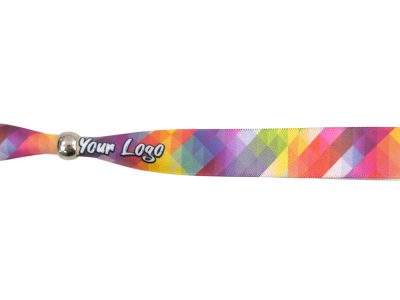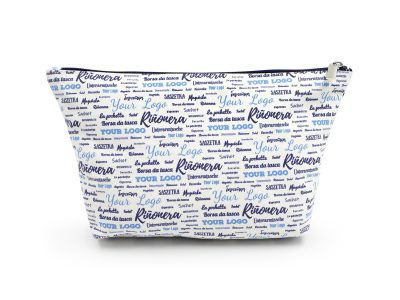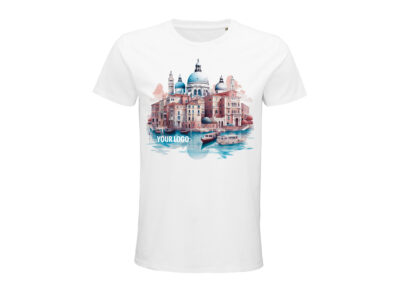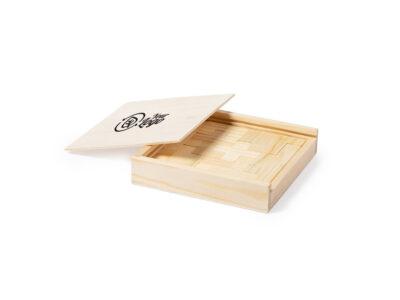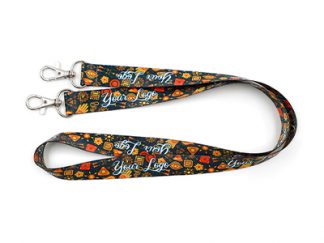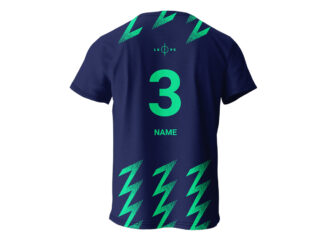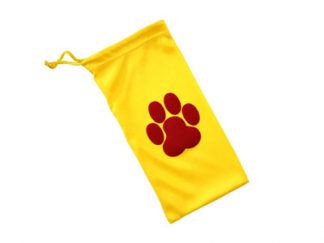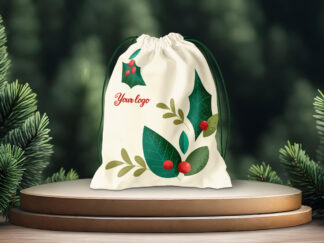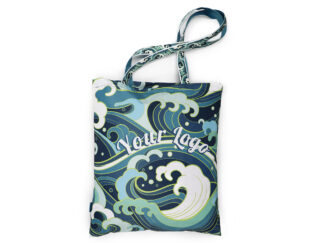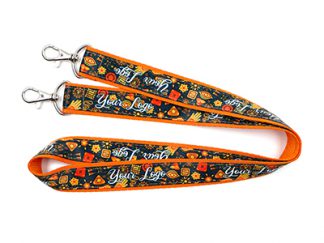Sublimation
Sublimation printing is an advanced technique that has many advantages and features, but also some limitations. It allows you to create unique and durable prints on various surfaces. Most often, it is clothing, banners, t-shirts, mugs, leashes, armbands, and many more.
Advantages of sublimation printing
One of the main advantages of the sublimation printing method is the ability to obtain expressive, full-color, and high-quality images. Sublimation dyes penetrate deep into the fabric or surface, which allows you to reproduce even the smallest details and color gradients. The sublimation printing process ensures durability and fading resistance. Thanks to this, the prints are long-lasting and resistant to external factors such as UV radiation or washing.
Sublimation printing allows the use of a wide range of available materials on which printing can be carried out. Therefore, it will be suitable for use in various industries and fields, including the advertising industry, sportswear, interior decorations, personalized gifts, and more.
One aspect to consider when sublimation printing is the need to use polyester materials or materials specially coated with a sublimation coating. Sublimation dyes penetrate deep into the structure of polyester. This means that sublimation printing is not suitable for materials made of natural fibers, such as cotton or silk. When printing on materials apart from fabrics, it is necessary to use special coatings that will allow the sublimation of dyes. Such materials include, for example, ceramics and metal.
Sublimation process: mileage
The sublimation process is a phenomenon that occurs in several stages. It is important to thoroughly prepare the printout before the sublimation process.
At first, the solid is at a low-temperature and low pressure. Under the influence of the energy supplied, for example, in the form of heating, the temperature of the substance begins to increase. As it is heated, the substance particles gain kinetic energy, increasing their movements and vibrations.
When the temperature reaches the appropriate value, known as the sublimation point, the substance passes directly from the solid phase to the gas phase. Particles of the substance acquire enough energy to defeat the attraction forces between them and those associated with them in the crystal network and begin to break away from each other.
As a result of this process, the substance in gaseous form spreads in the environment, forming a pair of substances. If the substance is enclosed in a container, a pair of substances may encounter cooler surfaces inside the container. It then begins to condense on these surfaces.
Condensation involves converting a pair of substances back into a solid phase on cooler surfaces. Gas particles lose kinetic energy and are close enough that the forces that attract them form a regular crystal structure. In this way, the sublimating substance goes back into the solid phase, creating a thin layer of substance on condensation surfaces.
The sublimation process can continue as long as there is a temperature difference between the substance and its surroundings and the solid substance is not completely converted into a pair of substances and does not condense on cooler surfaces.
Disadvantages and restrictions on sublimation printing
It is worth noting that the sublimation printing method also has several disadvantages and limitations. First, it is a complicated process that requires specialized equipment and materials. The cost of sublimation printers and sublimation dyes may be higher than for other printing techniques. In addition, due to the required polyester fabrics or specially coated materials, some designs will be limited in their applicability.
Summary
In summary, sublimation printing is an advanced technique that offers many benefits and opportunities. It allows you to create durable and high-quality prints that are resistant to fading and external factors. However, the need for special materials and equipment can be a challenge and increase production costs.
Showing 1–12 of 20 results
Showing 1–12 of 20 results


